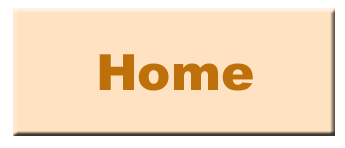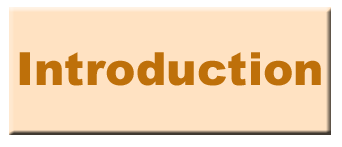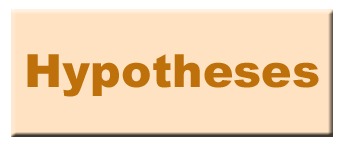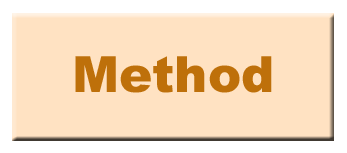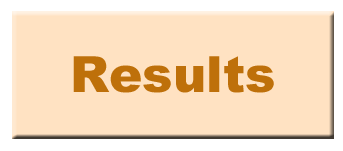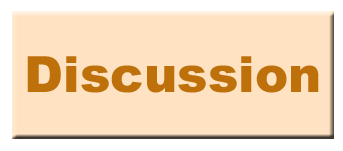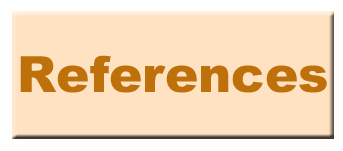Introduction
The price of textbooks has tripled during the last few decades as prices have increased by an average of 6 percent per year (Mui & Kinzie, 2008). In 2001, college bookstores grossed more than 6.8 million dollars in textbooks sales and sales skyrocketed to over 3.6 billion dollars in 2008 (Foucault & Scheufele, 2002; Mui & Kinzie, 2008). Although textbooks are considered highly profitable items for campus bookstores, the increased costs have influenced students' consumer behaviors and perspectives toward textbook purchases. The amount of money that college students spend on textbooks each year can impose a financial burden for many of them. In addition to costly tuition rates, the average textbook bill ranged from $800 - $900 in 2004 and over $1100 in 2008 (Carbaugh & Ghosh, 2005; Mui & Kinzie, 2008). Due to high textbook costs and financial constraints, college students are now utilizing alternative methods to retrieve textbooks for their courses. Renting and buying from online databases are popular resources to help escape costly book fees.
Acknowledging the costs and financial concerns, as well as other factors influencing textbook shopping, such as convenience, technology, and preference, the purpose of this study is to gain further insight on the purchasing habits/trends of DePaul students and analyze any correlations between price, technology, and preference in relation to buying textbooks. This study is significant because the results and findings can contribute to previous literature. In addition, this study can help students recognize their own purchasing habits and encourage them to explore other possible options to meet their textbook shopping needs.

